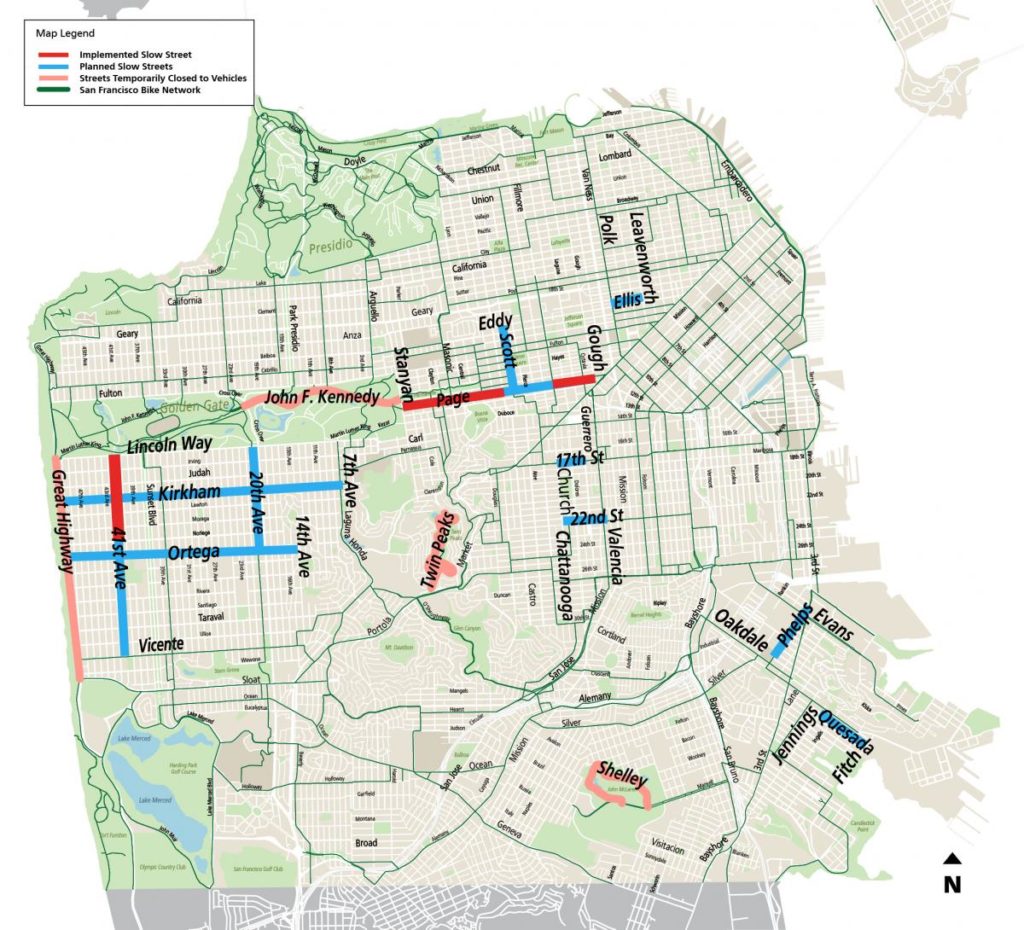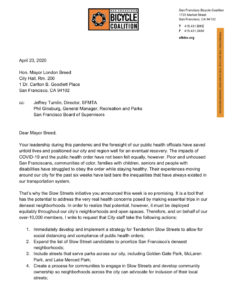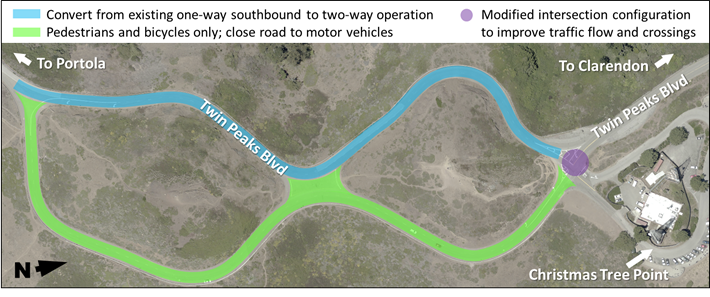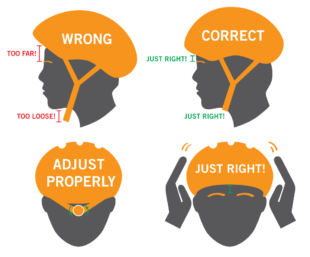Imagine experiencing the current shelter-in-place order when your living situation is a 450 square-foot unit with a kitchen and bathroom shared by your entire floor, or living in a studio apartment with two families piled on top of each other, or a tent being held up by a telephone pole on the sidewalk. On top of all of these challenges, you also live in a neighborhood with almost no public open space or access to healthy and affordable food options.
As you can imagine, these factors make it extremely difficult to practice social distancing and stay healthy during this pandemic. What I’ve just described is not only a public health crisis, it’s the harsh reality impacting our housed and unhoused neighbors who live and work in the Tenderloin.
As of today, Ellis Street between Polk and Leavenworth Street is the only corridor included in the Slow Streets program for the entire neighborhood. When discussing the program at the monthly Tenderloin Traffic Safety Task Force meeting, community partners like St. Anthony’s and Tenderloin Community Benefit District (TLCBD) shared positive feedback on how they’ve successfully opened up the 100th block of Golden Gate Avenue to people through their own advocacy. They’ve moved hand-washing stations and seats into the street for people to continue receiving services while giving everyone more space. TLCBD, in partnership with SFMTA traffic engineers, were also able to remove parking from the 300th block of Ellis to accommodate the long line for the food pantry operating out of the Tenderloin Recreation Center. The Tenderloin community should not have to fight block-by-block for what other less-dense neighborhoods are automatically receiving under the Slow Streets program.
Tenderloin task force member Curtis Bradford from Tenderloin Neighborhood Development Corporation (TNDC), said it best: “We understand there is a need for Slow Streets to be a solution for transit loss across the city. But in the Tenderloin, we need Slow Streets to be a solution for the overcrowding on our sidewalks, in our homes, and the lack of open space in our neighborhood.”
The San Francisco Bicycle Coalition couldn’t agree more. In our letter to Mayor Breed in response to the Slow Streets program, we made opening up streets in the Tenderloin our top priority and we asked the City to immediately develop and implement a strategy for the Tenderloin. We must create space to allow for social distancing in order to comply with public health orders.
Will you join us and show your support for expanding Slow Streets in the Tenderloin? Sign our letter today.





